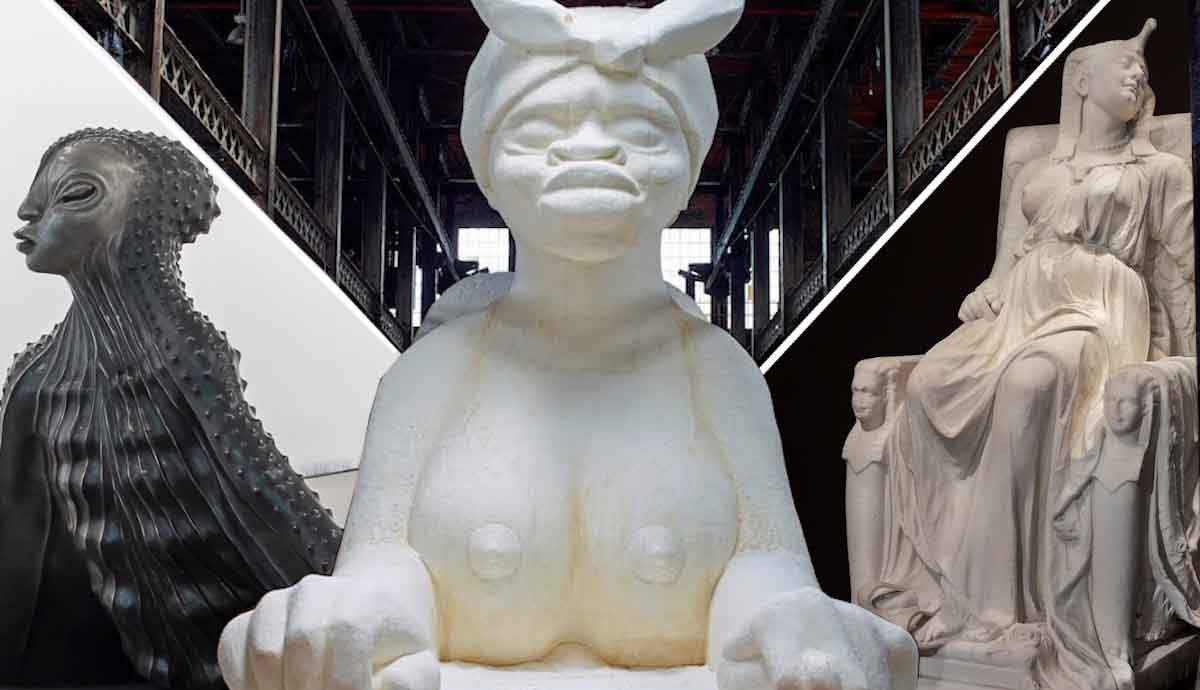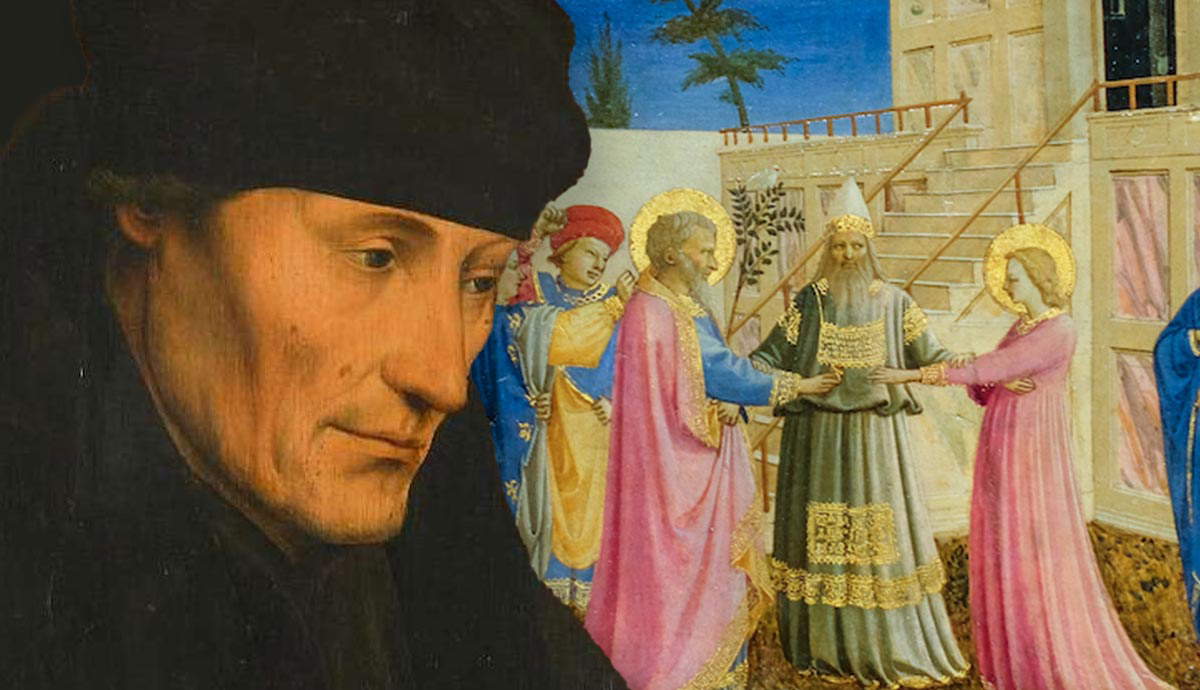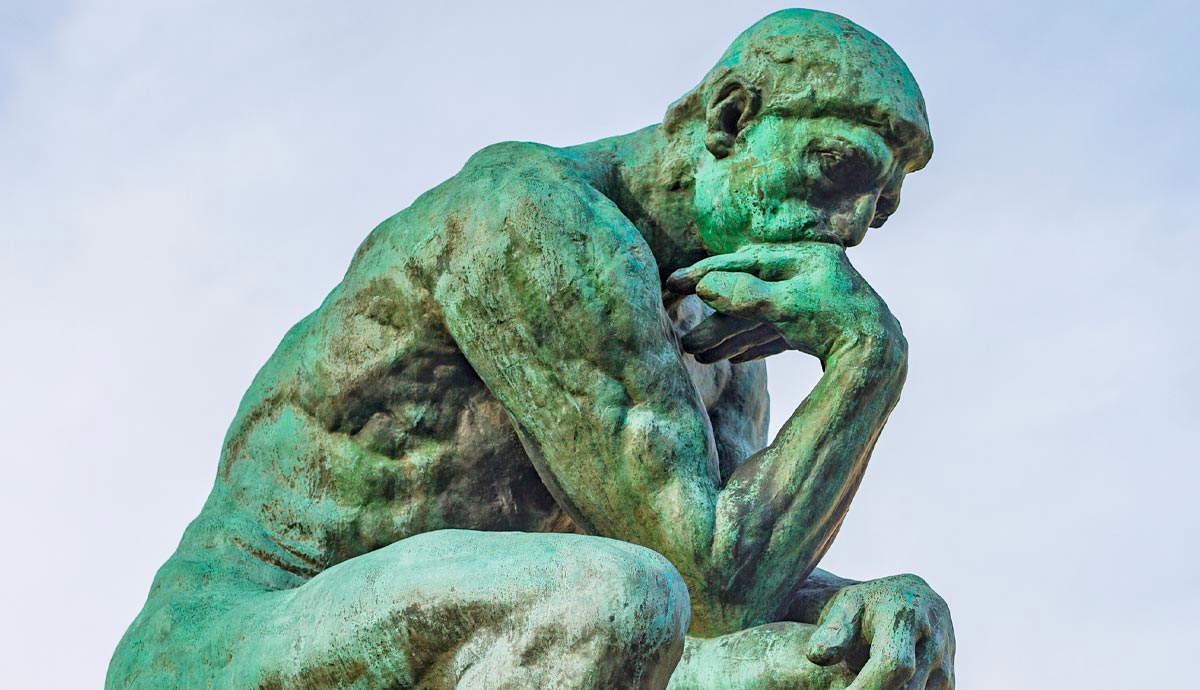
For centuries, women artists did not get a lot of support. This was often explained by the alleged inability of women to compete with male creativity. In particular, sculpture was regarded as a masculine form of art since it required physical labor. The disregard for their accomplishments did not stop all women sculptors from creating astonishing and innovative work. Below are eight great names of women sculptors who secured their places in the history of art.
1. Camille Claudel: The Forgotten Woman Sculptor (1864 – 1943)

Born in a well-off family of farmers, Camille Claudel demonstrated an interest in sculpture from an early age. Although her mother, a conservative Christian, objected to Camille’s desire to study, her father moved their family to Paris so that their daughter could become one of the first women to have professional art education in France. A passionate reader, Camille drew her inspiration from myths, legends, popular novels, and publications on philosophy. Her unique artistic talent was quickly noticed by art admirers and collectors.
While Claudel’s career was on the rise, her mental health declined, in large part because of her emotional and abusive relationship with another legendary sculptor, Auguste Rodin. Her mother, still disapproving of Claudel’s career path, decided to take matters into her own hands by forcefully placing her daughter in a psychiatric asylum. The great artist would spend the last thirty years of her life in complete isolation, fading into obscurity for decades after her death. For years she was mentioned solely as Auguste Rodin’s muse and lover. However, in recent decades, art historians started to highlight the uniqueness of Claudel’s style and skill.
2. Edmonia Lewis (1844 – 1907)

Edmonia Lewis was the first artist of African American and Native-American heritage who achieved international fame despite the barriers of race and class. Losing both of her parents early, Lewis was taken care of by her aunts. She also had to work from an early age. She made a living selling embroidered garments. After her brother managed to earn enough money during the Gold Rush, he paid for Edmonia Lewis’ education at Oberlin College in Ohio. Oberlin was well-known as a liberal institution with dominant abolitionist views, which advocated for coeducation instead of segregation.
However, the progressive facade did not help Lewis to finish her education. In 1962, as the American Civil War went on, she was falsely accused of poisoning two of her white classmates. Even proving her innocence in court did not save Edmonia from a violent beating by the angry racist crowd of local residents. This was followed by her expulsion from the college.
Edmonia Lewis kept studying on her own. Her first financial success came to her as she began to create busts of renowned abolitionists lost to war. However, her real accomplishments started in the 1870s when she moved to Europe and settled in Rome. After studying classical sculpture there, she created her most famous works, including the dramatic Death of Cleopatra.
3. Niki de Saint Phalle (1930 – 2002)

Niki de Saint Phalle started her artistic career in the 1950s when the post-war world was particularly hostile towards women who were rejecting traditional roles. She was born in France to a family of French-American bankers, yet the affluent upbringing did not bring many joys into the aspiring artist’s life. From her early years, Niki de Saint Phalle and her siblings suffered physical, emotional, and sexual abuse from their parents. In order to escape her family, she married a family friend, but soon found herself trapped in the same life of domestic duties and responsibilities that she hated as a child.
Soon after breaking free from her family life, Niki de Saint Phalle found herself in both European and American artistic circles. Her bold experiments with materials, techniques, and formats quickly attracted the attention of both young and established artists, from Robert Rauschenberg to Marcel Duchamp. Niki de Saint Phalle’s naive and playful style was just the cover to make room for conversations on uncomfortable and sensitive topics such as the AIDS crisis, racial and gender inequality, and climate change.
4. Augusta Savage (1892 – 1962)

Augusta Savage, the great American sculptor of the Harlem Renaissance, began experimenting with clay in her early teens, much to the wrath of her father, a Methodist minister who saw making art as something sinful. Despite years of beatings and abuse, she remained persistent, later moving to New York and receiving a scholarship at Cooper Union College. A prestigious art school in France also accepted Savage as their student, but the American side refused to send her there, claiming that other students would feel uncomfortable studying with a black woman.
Still, with the help of her patrons and fellow sculptors, Augusta Savage managed to cross the ocean and settle in Paris for several years. She didn’t just research European art there, but actively presented and sold her own pieces, even winning prestigious rewards. She returned to the US in the early 1930s, when the Great Depression put artistic production on hold. Determined to help her community, she opened an art studio and two art galleries, teaching children and adults to paint and sculpt. Although a relatively small number of her works survived, her influence on the growing African American art scene was evident and lasting.
5. Wangechi Mutu (1972 – )

Wangechi Mutu is a contemporary Kenyan sculptor exploring cultural identity and femininity through the lens of African culture and history. Often called an Afrofuturist, Mutu creates fantastic sculptures blending science fiction with African tradition, subverting colonial narratives and imagining new futures.
In 2019, The Metropolitan Museum in New York commissioned a series of facade sculptures from Wangechi Mutu. The niches facing Fifth Avenue had been empty since the museum’s construction, and Mutu was the first artist who was asked to fill them with new pieces. The artist first thought of caryatides, ancient Greek sculptures of women holding buildings in place of columns. She married that concept with traditional African sculpture of seated women, turning them into alien-like figures greeting the visitors. Among the most remarkable features of the figures were the lip plates, traditionally worn by women belonging to the higher classes in some Ethiopian tribes. Mutu turned them into mirrors, reflecting light and interacting with the viewer as they approached the museum building. After Mutu’s initial involvement, the Met decided to change the facade sculptures annually, commissioning pieces from different contemporary sculptors.
6. Louise Bourgeois (1911 – 2010)

The French Sculptor Louise Bourgeois built her own mythology throughout her long career. Most of Bourgeois’ work is rooted in her childhood experiences. She documented the comforting yet short-lived presence of her mother by creating spiders. For Bourgeois, a spider is a friendly creature, offering protection from mosquitos that carry diseases. The motif of the spiderweb was just as crucial for the artist since her mother was a tapestry weaver and a restorer.
The treatment of a father figure in Bourgeois’ work reflected feelings of fear, disgust, and distrust. Her father had a series of affairs barely concealed from his wife and daughter. Bourgeois depicted his toxic and depressing presence in her installation Destruction of the Father. The composition originated from a childhood dream in which Bourgeois and her siblings dismembered and ate their father. Her father’s numerous affairs made an impact on Bourgeois’ treatment of sexuality in art, which has been the subject of many research papers and critical essays. Sexuality in her works is not romantic or joyful but distorted, often repulsive, and forever marked by early trauma.
7. Kara Walker (1969 – )

Contemporary artist Kara Walker is one of the leading African American voices in the art world. She is known for her uncompromising treatment of themes concerning slavery, systemic racism, and violence. Although Walker is a multi-disciplinary artist, sculpture remains a significant part of her oeuvre. One of the key characteristics of Walker’s work is her subversion of the prestigious, white-dominated types of art and craft that were popular during colonial times. By blending contexts and symbols, she points at the hypocrisy and cruelty of certain moments in history.
The monumental sculpture A Subtlety, built and subsequently demolished in 2014, showed a 75-foot-long sphinx constructed from sugar blocks in a former sugar factory. Sugar sculptures were popular table decorations in aristocratic Western households. At the same time, sugar production involved slave labor, with slaves barely having any access to the product they were making. The features of the sphinx do not have much in common with the famous Egyptian figure. Her sphinx shows a stereotypical depiction of a Black woman, a mother, and a servant in the era preceding the Civil Rights Movement.
8. Feminist Woman Sculptor: Judy Chicago (1939 – )

The most famous work of Judy Chicago is the monumental Dinner Party. However, there is much more to her sculptural oeuvre than the famous triangular table. Chicago is primarily known as a feminist artist. At the beginning of her career, the artist worked with minimalist sculpture. By simplifying the vocabulary of form, she focused on the nuances of color and tone. The title of the work came from the name of the soul singer Wilson Pickett, who was popular in the 1960s. The critics, including Clement Greenberg, met early minimalist works of Judy Chicago with appraisal, yet her further success outshined these pieces.










